

Arbutus unedo is appreciated for its beautiful red fruits that look like strawberries.
A summary of A. unedo key facts
Name – Arbutus unedo
Family – Ericaceae
Type – shrub
Height – 6 ½ to 16 feet (2 to 5 meters)
Exposure – full sun, part sun
Soil – ordinary, well drained
Foliage: evergreen – Flowering: early autumn – Harvest: autumn a year later
Planting, care, and pruning are key to making sure your Strawberry tree will thrive and produce many flowers and edible berries!
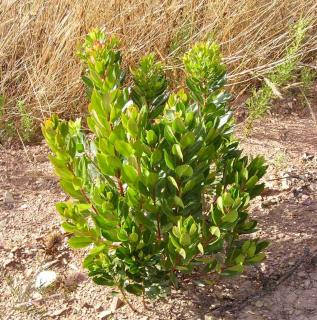
When planting in spring, provide for adequate watering after the planting.
For hedges, space the trees at least 32 inches (80 cm) apart.
Caring for this tree is easy: since it’s used to growing in harsh environments, not much is needed. As years go by, you’ll have less and less to worry about!
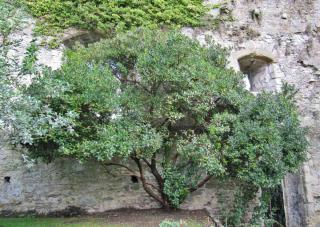
Avoid pruning in fall, because you would be pruning off the magnificent berries that form and stay on the tree over winter.
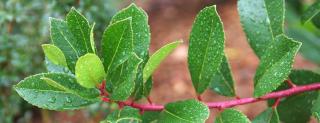
The only exception? When you grow it in a pot!
The most common disease for an arbutus tree is a type of fungus that covers leaves with black spots.
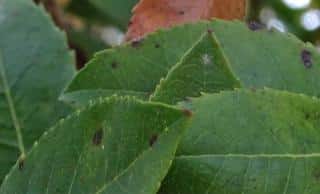
Nonetheless, it’s best to spray Bordeaux mix to keep the disease from appearing or spreading.
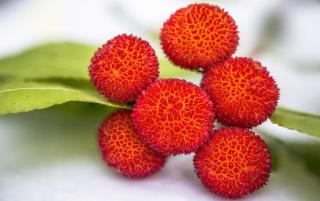
Arbutus unedo berries are edible
However, don’t try to eat them raw. The taste, when uncooked, isn’t very good.
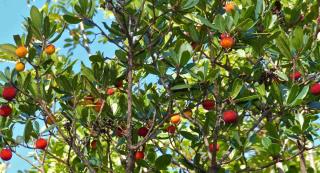
A note on its other health benefits: bark shavings are a diuretic, helping to trigger micturition (peeing). Roots help fight against hypertension.
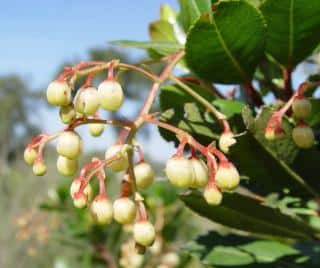
This tree grows to over 15 feet (5 meters), and its lifespan ranges from 100 to 400 years. This is a slow grower, making it a great option for small gardens and containers.
Arbutus unedo is naturally present around the entire Mediterranean ocean, and it grows well along coastlines.
You may plant it as a standalone and also as part of a hedge to decorate your hedge in winter thanks to its ornamental berries. Flowers, though not very showy, are cute and pearly-white.
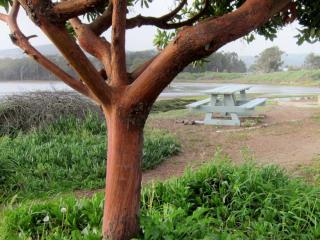
Easy to care for, Arbutus unedo adapts to all soil types, either in beds or in hedges, or in pots or garden boxes for a terrace.
Read more about shrubs:
No need to add any fertilizer, but it is a good idea to mulch the base of the tree to avoid weed growth in summer and protect roots when winters are cold.